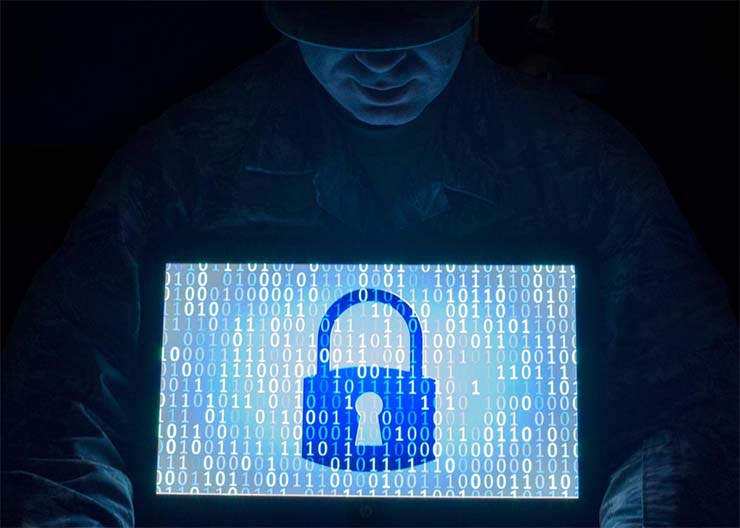
Washington: The US military is paying tens of millions of dollars each year above set compensation rates to keep sought-after cyber experts onboard and engaged on the digital front lines, according to a federal watchdog.
The services “spent at least $160 million on cyber retention bonuses annually” from fiscal 2017 to 2021, the Government Accountability Office said in a workforce evaluation published this month. Staffing levels across most related career fields that the auditor studied, including in the Army, Air Force and Navy, remained above 80% in the same timeframe.
Special pay is meant to help ensure the military holds on to its top performers, has people in hard-to-fill roles and maintains much-needed expertise amid rivalling opportunities with outside companies or other federal agencies. The services determine how to distribute the incentives, with guidance flowing from the Department of Defence.
The department’s ability to sustain a ready and sufficient cyber cohort is critical to the shielding of its networks and its most sensitive information as well as the execution of digital strikes or influence campaigns on foreign countries or militant groups. Recruitment woes, however, have consumed headlines; the US Army, for example, suffered a shortfall of 15,000 recruits in fiscal 2022. That left the service 20,000 or so troops short of its end-strength number authorized by Congress.
Military members were warned in February that they are targets for cyber-attacks amid the Russia-Ukraine war and turbulent Sino-US relations.
“To accomplish its national security mission and defend a wide range of critical infrastructure, DoD must recruit, train, and retain a knowledgeable and skilled cyber workforce,” reads the report. “However, DoD faces increasing competition from the private sector looking to recruit top cyber talent to protect systems and data from a barrage of foreign attacks.”
Competition with the private sector — and even within government — for young, highly skilled workers in emerging tech fields is fierce. Big Tech offers nearly uncapped salaries, competitive benefits and workplace flexibility, though recent layoffs are creating a labour pool the government hopes to tap. To lure in the talent they need, and keep the staff they have, federal workplaces have looked to incentives, monetary and otherwise. In years with staffing gaps, the military services rolled out bonuses and other perks to recruit and retain.
The civilian side of government has taken a similar approach. The White House’s Office of Personnel Management just concluded its annual review of special rate requests for salary adjustments for specific occupations, grades or locations “to alleviate existing or likely significant recruitment or retention difficulties.” Other agencies have deviated from the General Schedule to create job-specific pay systems and invoke special hiring authorities.
Army Cyber Command officials told the GAO that money spent on retention bonuses is offset by the costs of recruitment and training to replace cyber personnel. The replacement cost for a service member in the 17C career field, or cyber operations specialist, who is certified to fill the interactive on-net operator role is about $400,000, while the retention bonus offered to a person with that training is $92,000 spread over six years, the report notes.
Digital fluency is increasingly important, defence and intelligence officials say, as the U.S. ratchets up competition with China and Russia, top national security threats, according to the National Defence Strategy. Both wield significant cyber weaponry: Chinese-sponsored cyber-attacks have breached a Navy contractor’s computers, jeopardizing information related to secret work on an anti-ship missile, and virtual Russian belligerence targeted US elections and lubricated its war machine in Ukraine.
As a result, cyber cliques in the US military are expected to expand in coming years. The Army, specifically, plans to double the size of its active-duty cyber forces by the end of the decade. “You will continue to see the growth of our cyber branch, as we proliferate cyber-electromagnetic activities, capabilities,” Lt. Gen. John Morrison, deputy chief of staff, G-6, told reporters in June. “Think cyber and electronic warfare, integrated together, throughout all of our tactical formations.”
The Army requested $16.6 billion in cyber and information technology funding for fiscal 2023. Congressional leaders last week unveiled a $1.7 trillion government spending package, which included $858 billion for defence.








